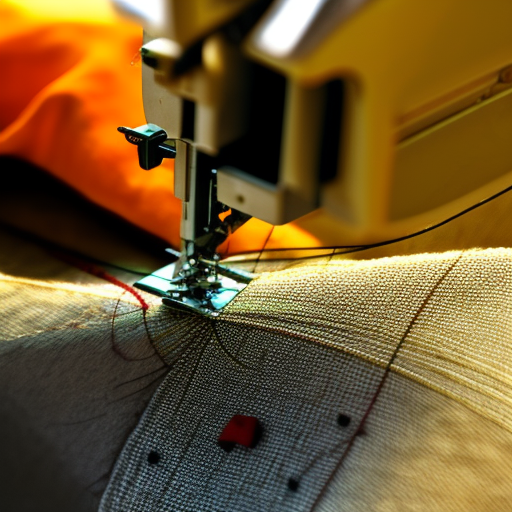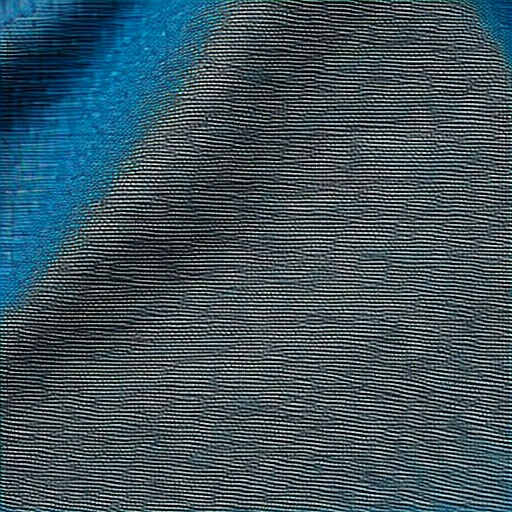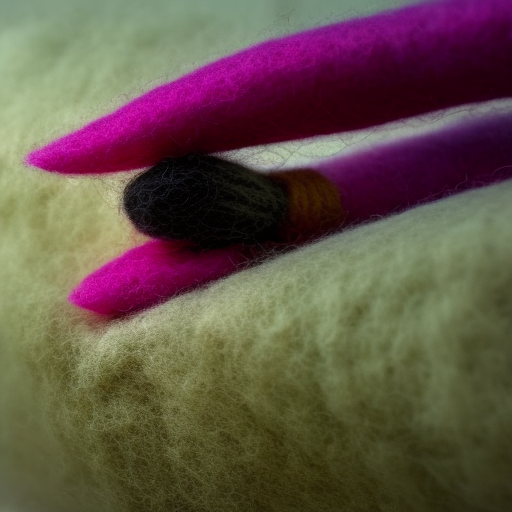
Introduction
Experiencing problems with your sewing machine can be frustrating, especially when it suddenly stops stitching. There could be various reasons why your sewing machine isn’t stitching properly. In this article, we will explore some common issues and provide possible solutions to help you get your machine back to work.
Thread Tension
One of the main reasons behind a sewing machine not stitching is improper thread tension. If your thread tension is too tight or too loose, it can cause skipped stitches or tangled thread. To fix this, check the upper thread tension settings. Make sure the thread is properly threaded through the tension discs and adjust it accordingly. Testing on a scrap fabric can help determine if the tension is correct.
Needle Problems
A bent, dull, or incorrectly inserted needle can also prevent your sewing machine from stitching properly. It is important to use the right type and size of needle for your fabric. Make sure the needle is inserted correctly, with the flat side facing towards the back. Replace the needle if it appears damaged or if it’s been a while since you last changed it.
Bobbin Issues
Problems with the bobbin can also cause stitching difficulties. Ensure that the bobbin is correctly inserted into the bobbin case and that the thread is pulled through the proper tension. If the bobbin tension is too tight or too loose, it can affect the stitching quality. Clean the bobbin area regularly to remove any lint or tangled thread that may be causing the issue.
Machine Maintenance
Inadequate maintenance of your sewing machine can lead to stitching problems. Regularly clean the machine, especially the feed dogs, shuttle race, and needle plate. Remove any accumulated lint or debris that could be affecting the smooth movement of the fabric and the stitching mechanism. Lubricate moving parts according to your machine’s manual to ensure optimal performance.
Thread Quality and Compatibility
Using low-quality threads or using threads that are not compatible with your machine can result in stitching issues. Cheap threads are more likely to fray, break, or cause tension problems. Ensure that you are using threads specifically designed for your sewing machine. Consider investing in good quality threads to avoid unnecessary sewing disruptions.
Conclusion
A sewing machine not stitching can be a frustrating problem, but it is usually solvable. By checking and adjusting thread tension, examining the needle, addressing bobbin issues, maintaining the machine properly, and using quality threads, you can overcome common stitching problems. If the issue persists, consulting a professional technician may be necessary to diagnose and repair any underlying mechanical faults. Enjoy seamless sewing and happy stitching!





Check the needle and make sure the presser foot is down #1
Kelly Gang: Check the tension of the thread as well #2
#3 Check the bobbin and see if it is inserted and lined up correctly, as this could cause stitching issues.